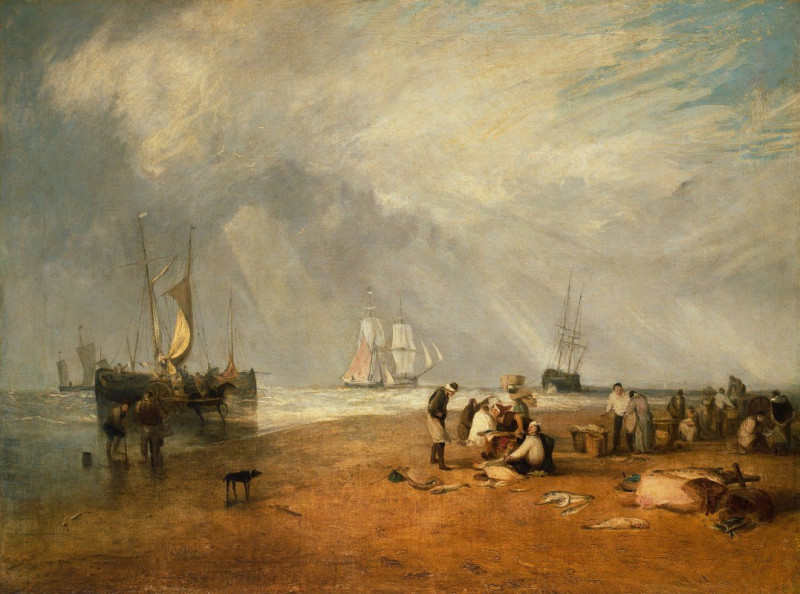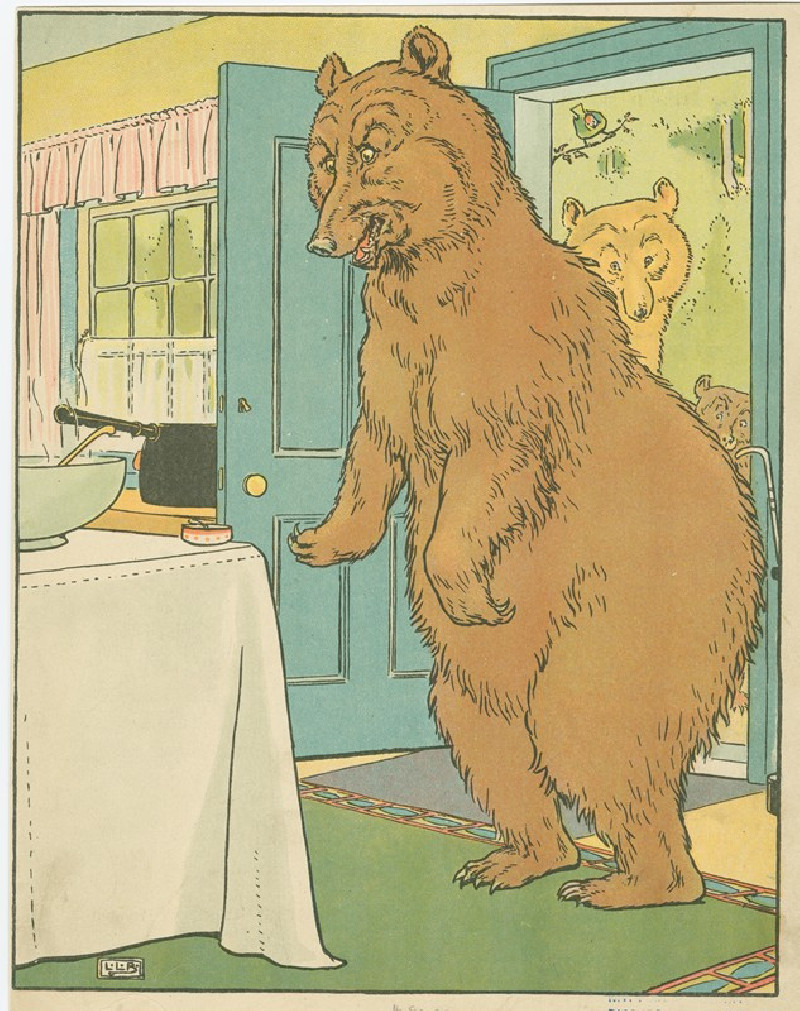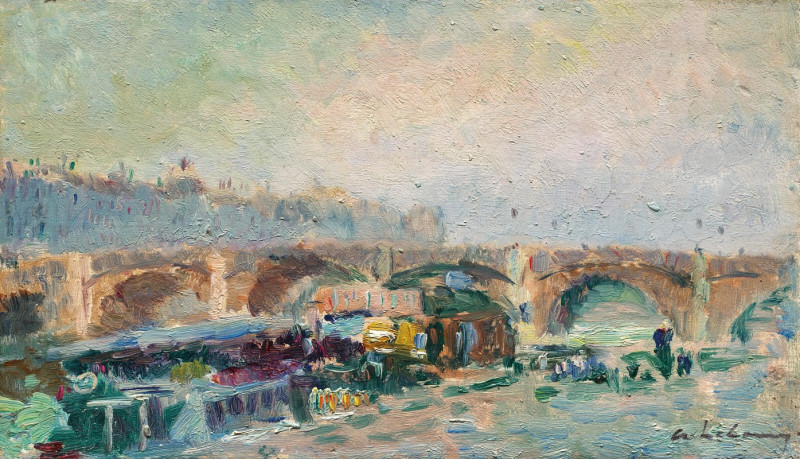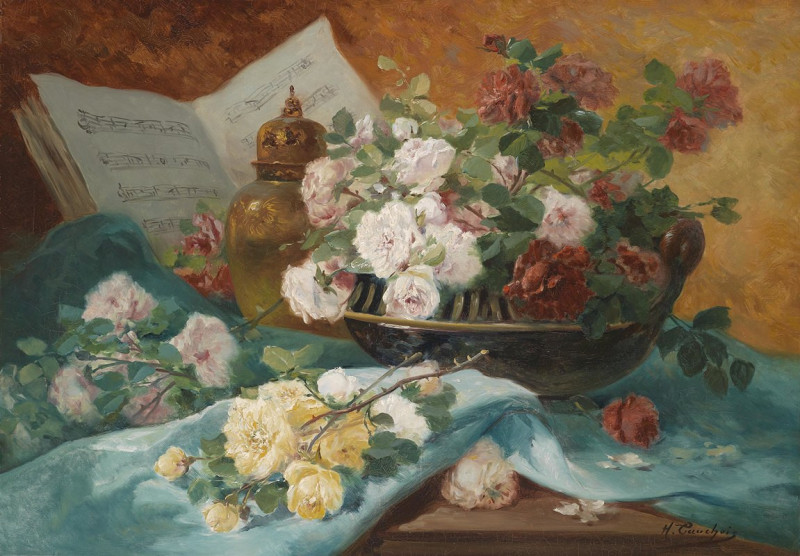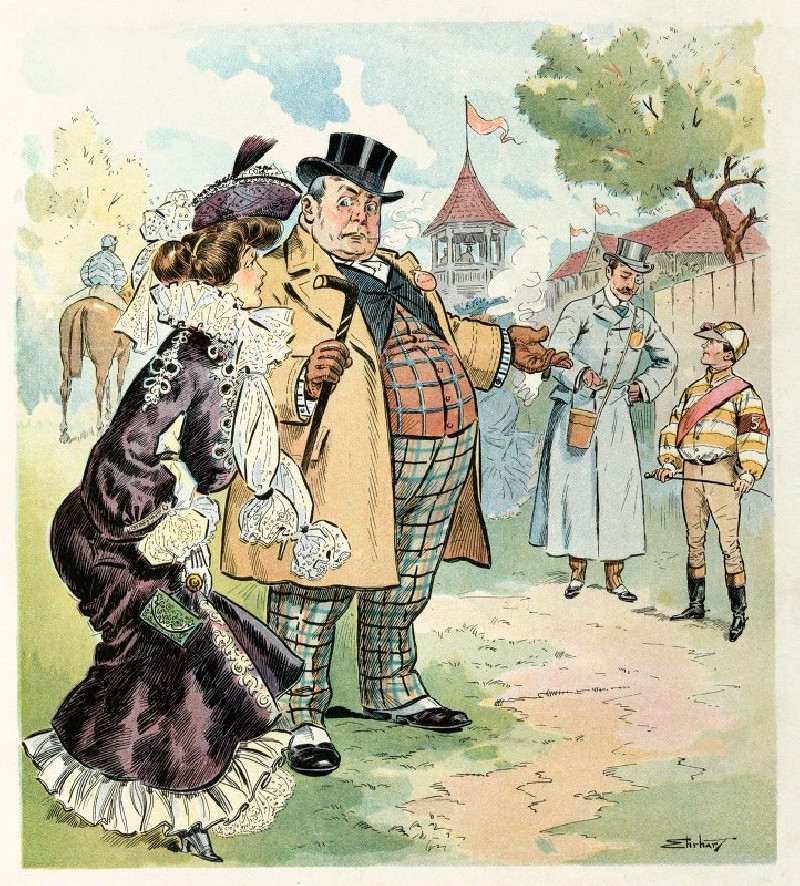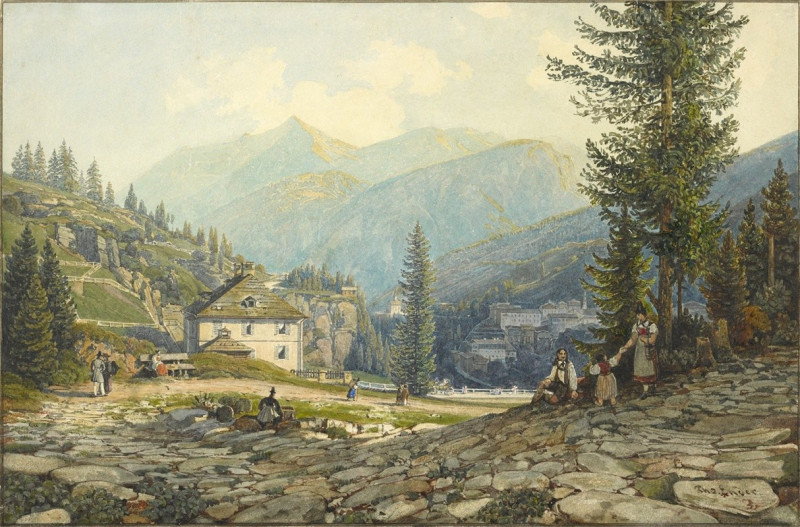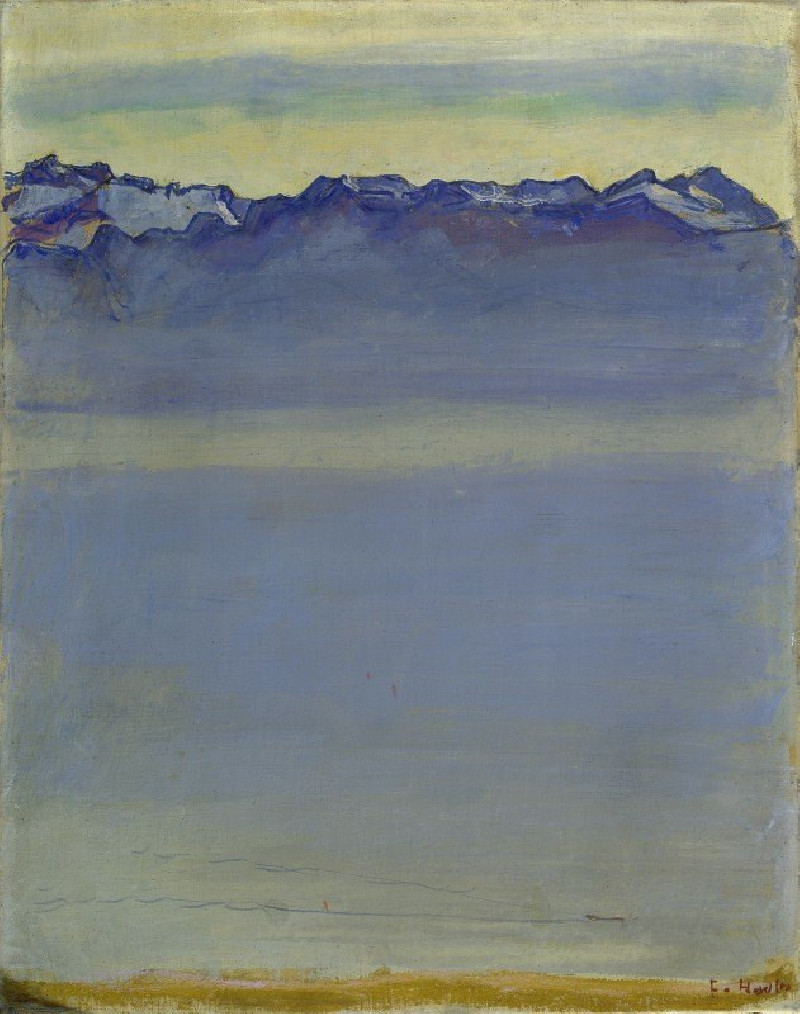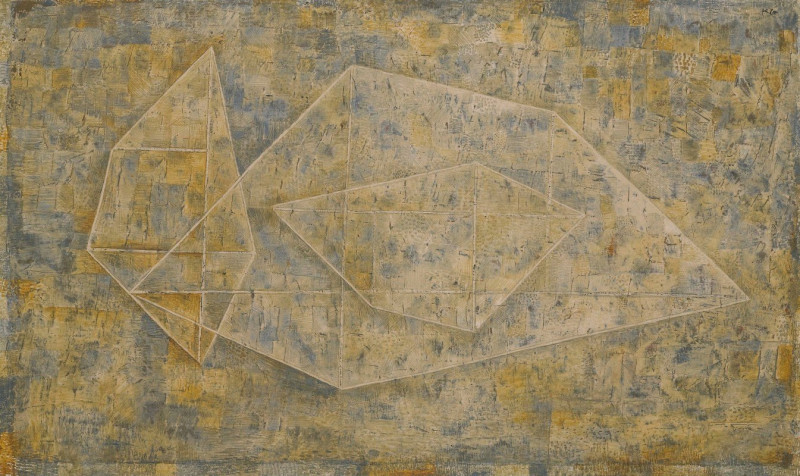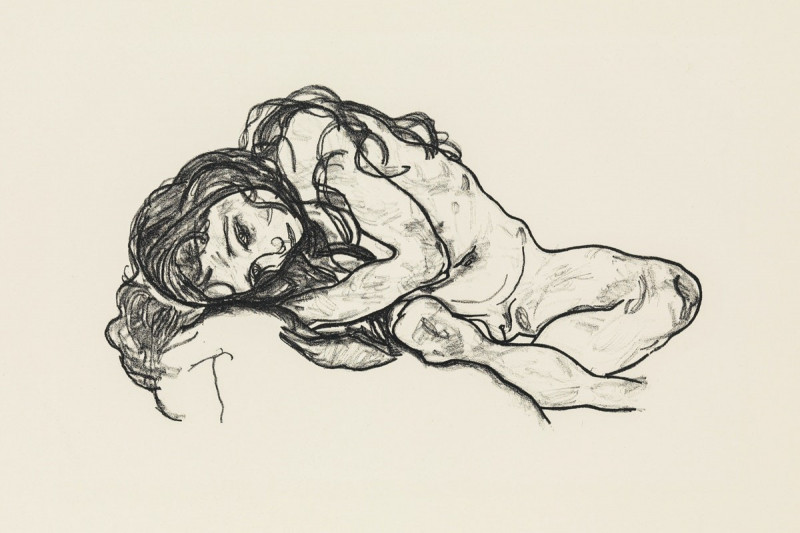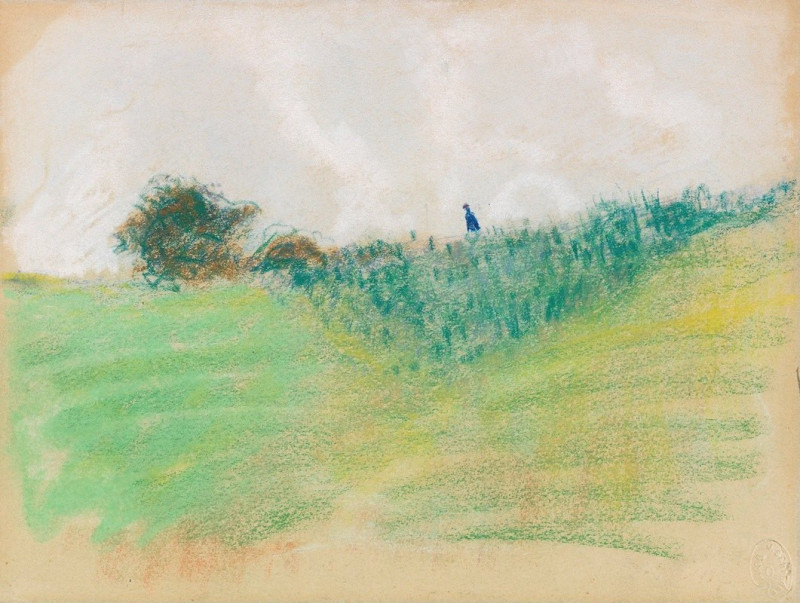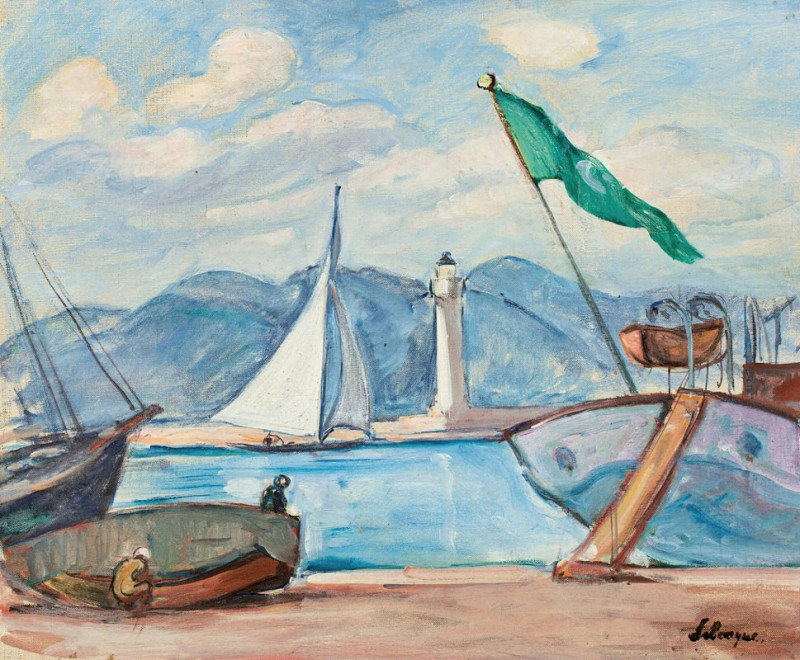Trinkender Jäger (1919)
Technique: Giclée quality print
Recommended by our customers
More about this artwork
Welcome to the captivating world of Ernst Ludwig Kirchner, a prominent figure in the Expressionist movement. The artwork titled "Trinkender Jäger" created in 1919, offers a profound insight into Kirchner's expressionist style through the medium of woodcut prints.In "Trinkender Jäger" (Drinking Hunter), we see a stark, high-contrast depiction that vividly portrays a hunter engaged in the simple, yet significant act of drinking. Kirchner’s technique involves bold, angular lines that carve out the figure and the surroundings, emphasizing a raw and dynamic interaction with the natural environment. The background is tumultuous, filled with jagged, aggressive forms reminiscent of foliage, which intertwine with the hunter and the hunted—suggesting a deep connection between human and nature.This artwork is not just a visual piece but a narrative about survival, dependence, and perhaps the primal instincts that drive both man and animal. The hunter, draped in flowing garments, merges almost camouflagely with the chaotic backdrop, his face partly obscured, centered intently on his drink."Trinkender Jäger" serves as a fascinating example of how Kirchner could strip down a scene to its emotional essentials using the woodcut technique, which inherently provides a stark and impactful visual statement.
Delivery
Returns
Ernst Ludwig Kirchner (1880–1938) was one of the most important German Expressionist painters. He was a co-founder of Die Brücke, a group of German expressionist artists formed in Dresden in 1905. Die Brücke and Kirchner took inspiration from Vincent Van Gogh and Edvard Munch, as well as African and Oceanic art. They used woodblock printing as a medium to showcase their signature style: flat, unrealistic images with vivid colors. The recurring themes in Kirchner's artworks included exotic cultures, faraway landscapes, self-portraits, dancers and Berlin street life. His paintings and prints effectively portrayed non-European cultures despite the fact that he never traveled outside of Europe.
































